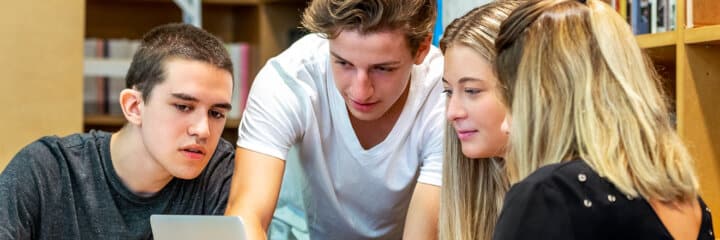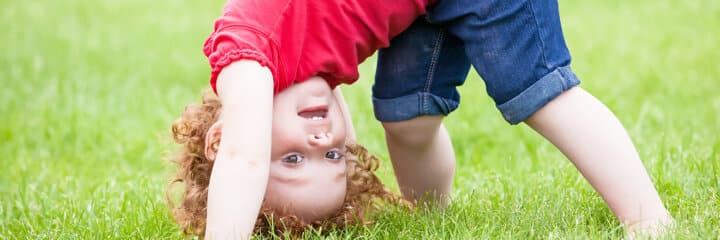The construction of spaces for Saami language use. Language revitalisation in educational contexts
David Kroik visar i sin avhandling att det fortfarande sker en marginalisering av samiskan. Trots lagar finns det i exempelvis förskolan bara enskilda personer eller timmar vikta åt inlärning av samiska.
David Kroik
Professor Eva Lindgren, Umeå universitet. Professor Coppélie Cocq, Umeå universitet
Professor Caroline Kerfoot, Stockholms universitet
Umeå universitet
2023-03-31
Att skapa rum för samisk språkanvändning: språkrevitalisering i utbildningssammanhang
The construction of spaces for Saami language use. Language revitalisation in educational contexts
The construction of spaces for Saami language use. Language revitalisation in educational contexts
In this dissertation, the construction of spaces for Saami language use is explored. The spaces involve learning and use of South Saami, an Indigenous language in Saepmie in Norway and Sweden. Four separate studies shed light on various aspects of these spaces, how they are constructed, how they are used, by whom and for what purposes.
Against the backdrop of colonisation of the Saami and a long trend of assimilation by means of e.g. schooling, contemporary spaces for Saami language use in formal educational contexts are explored. The spaces are investigated and theorised upon from an insider position by a researcher/practitioner drawing upon a collaborative approach to the production of knowledge. The insider gaze through the lens of the theoretical concepts spaces for Saami language use and Indigenous efflorescence analyses South Saami language teaching, learning and revitalisation as part of a global trend; Indigenous peoples reclaim, revitalise and restore their continuous their languages.
Factors at the macro, meso and micro levels that condition South Saami teaching, learning and revitalisation are explored. The way Saami practitioners of Indigenous efflorescence, for instance teachers, coordinators, artists and others commit to the language is brought to the fore. By means of their acts of decoloniality, they seek to take responsibility for and challenge the current educational situation. Spaces for Saami language use emerge as time and conditions ripen for them. Although unexpected to many, given the history of assimilation, to the practitioners of Indigenous efflorescence involved in the process, this emergence comes not as a surprise but as a hard-earned result of the struggle. Although much work remains, hope is reawakened when conscious hard work and persistent labour bear fruit.
Relaterade länkar

Juridik
 Gy–Vux
Gy–Vux
Fysisk aktivitet och motorik i förskolan
 Fsk
Fsk


